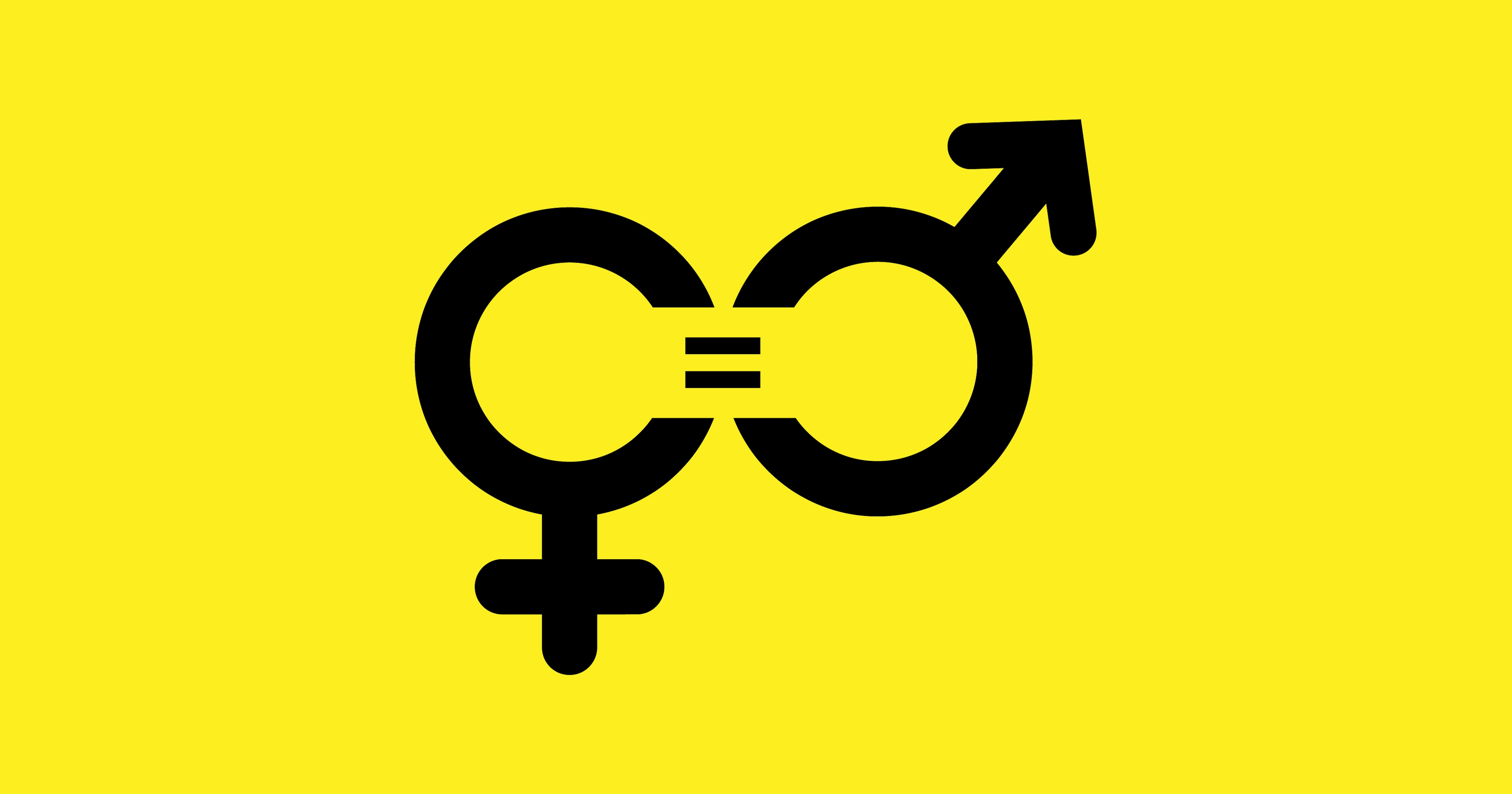
How to find or develop your brand voice
How people talk is a key part of who they are. It’s the same for brands. Just like a well-known figure or a friend, you can recognise the business that’s speaking to you from the words they use and the way they phrase their sentences. It’s a voice that’s distinctive, unique and instantly identifiable.
Known as the brand voice, you might think the way a business speaks comes naturally to any company and its team. However, setting the right tone across all channels, campaigns and collateral is a huge challenge for many organisations, particularly if they’ve recently undergone changes or are looking to target new audiences.
So, whether you’ve already got a brand voice established or not, this guide will explain why and how you can make sure your business’s voice matches its face.
Why is brand voice important?
If the Queen suddenly started speaking like Johnny Rotten, you’d know something very strange has happened. The tone of how we speak is a key part of anyone’s personality, including that of brands. As such, it’s essential to get right for any business that wants to capture people’s attention, make genuine connections with others and get its message across effectively.
Unlike people, however, establishing a brand voice is also important to ensure others can speak just like you. Whether it’s through marketing, customer service or technical product information, having rules about how your brand speaks will ensure the way you speak is consistent no matter what the target audience or method of communication. In short, creating an accurate brand voice and deploying it effectively is key to building brand trust, recognition and personality.
Start with your story
The reason you started your business in the first place is likely to be the reason it’s still around. It’s why your customers still choose to buy from you and drives every product, decision and mission you set forward. In short, as any big, successful brand like Apple will tell you, your story is at the heart of your business’s personality.
As well as looking back at your company’s history, considering why it started out and where it’s aiming for will help you to write its story. You can do this by considering your business’s purpose, values, objectives and unique selling points. Setting out what makes you different from others and why your customers care will give you a great base to build your brand voice on.
Build your brand persona
Once you’ve got to the heart of who your business is, you need to consider how this translates to your external personality. What traits does your business have? How does it behave towards its customers and the wider world? What impression do you want others to have of your character? All of these questions will help you to define the elements that make up your business’ character.
At this stage, looking at other people and brands can help you to establish what your business is and what it isn’t. Thinking about public figures, celebrities and other companies or organisations that have similar or completely opposite personality traits to your business will help you map yourself against others and establish your key characteristics.
Get tone technical
Now you’ve listened to your heart, it’s time to get your head involved. Setting out the rules, techniques, do’s and don’ts for your brand voice is key to translating it to others and maintaining consistency.
- Vocabulary: simply, this is a set of words your brand does and doesn’t use and should include words you use to describe any technical specifications, products or customer benefits.
- Grammar: whether you decide to follow standard rules or not, establishing how you speak is just as important as setting out what you’ll say. For example, starting your sentences with ‘however’ or ‘but’ will establish a very different tone.
- Pronouns: how you refer to yourself is a key rule you should set out from the beginning. Using ‘us’, ‘you’, ‘they’ or your brand name will all have an effect on how your audience relates to you, so it’s important to have this clear from the start to avoid inconsistency and confusion.
- Formal or informal: where on the sliding scale your brand voice sits in terms of formality will usually be led by its personality traits. Want to come across as professional? Then you’re likely to be more formal. A cool, edgy and creative brand? Then you’ll be at the informal end of the scale. Rules on the use of colloquialisms, slang and swearing will also be established here.
- Contexts: you wouldn’t speak to someone on the phone in the same way you do over a text message. Thinking about the context of where someone is speaking and establishing guidelines for the main channels and communication methods is key to maintaining consistency.
As you’re considering these elements, it’s important to keep your audience in mind. Indeed, asking ‘does our audience speak like this?’ or ‘will our audience relate to this?’ are a good litmus test for your brand’s tone of voice rules. If your audience wouldn’t naturally use the word ‘conglomerate’ when they speak, then your business shouldn’t either.
Test and iterate
Just like your business, your brand voice doesn’t stand still. Changes such as a merger, acquisition or shift in the target market will all have an impact on your business and its tone of voice. So, if you sense that your brand voice is no longer speaking effectively to the right people, even if there have been no major shifts in your business, don’t be afraid to review and reiterate it to make sure it keeps chiming with your crowd.
What does an effective brand voice sound like?
Each brand voice is individual and unique, which makes it difficult to measure its effectiveness objectively. However, the main way to test whether your brand voice is working or not is to see if it’s chiming well with your target audience. After all, they’re the main people you want to talk to.
By building a unique, distinctive voice, the best brands tap directly into their target audience, gain recognition and stand out from their competitors.
BrewDog
This independent Scottish craft beer brewery started as an idea between two guys sitting drinking beer in their garage with a dog and has now become a multi-million-pound business. This is, in part, due to their punk-like revolutionary and disruptive brand voice. Flying in the face of traditional beer-making companies, Brewdog has established a brand that’s unapologetically frank, daring and out of the box.



Although this has at times caused controversy, Brewdog’s free use of swearing, colloquialisms and value-driven messaging has certainly made an impact, stood out from the crowd and established a following of loyal customers that love its uncompromising style.
Mailchimp
Who said B2B companies can’t have a personality? By recognising the fact that their audience of business owners and marketers are still people who are looking for help in making their organisation succeed, Mailchimp has established itself to its customers as a helpful business partner who’s been there and worn the t-shirt.



As they say themselves;
“we’ve walked in our customers’ shoes, and we know marketing technology is a minefield of confusing terminology. That’s why we speak like the experienced and compassionate business partner we wish we’d had way back when.”
This means that, as well as developing genuinely helpful and easy-to-use marketing tools, Mailchimp offer useful and insightful business advice delivered with a compassionate, friendly and engaging tone.
M&S Food
Established in 1884, Marks and Spencer has seen a whole lot of changes to its business and the high street it has been part of for more than 200 years. This includes changes in its stores, its target market and its brand tone of voice. Most recently, it has also led to the rebrand of one of its sub-brands, M&S Food.



To reframe its position as a family-friendly, quality-focused food store, M&S Food evolved its brand tone of voice to be more personable, assuring and honest. From in-stores to its OOH marketing, the new brand has embraced an ‘everyday’ voice while still making it distinctive and true to its trusted British heritage.
Final word
Whatever the size of your business, to make sure you’re talking to your target audience effectively, it’s worth getting an expert perspective. Having worked to develop the branding and tone of voice for clients in a variety of industry sectors, the designmc team has an established creative process that gets to the heart of your business and translates it into an effective, and unique tone of voice.
You can read about the processes and methods we adopt when working with clients on their brand, by clicking here
To find out more about how we could help your brand speak in a way that’s true to itself, get in touch by calling us on 01926 754038 for an informal chat or, by emailing us at hello@designmc.org with details of your brief – and we can kickstart an exciting conversation about refining your business' brand!
LET’S TALK
Looking to realign, refresh or redevelop your brand or business marketing strategy? Send us an email at hello@designmc.org or, give us a call direct on 01926 754038 for an informal chat.

